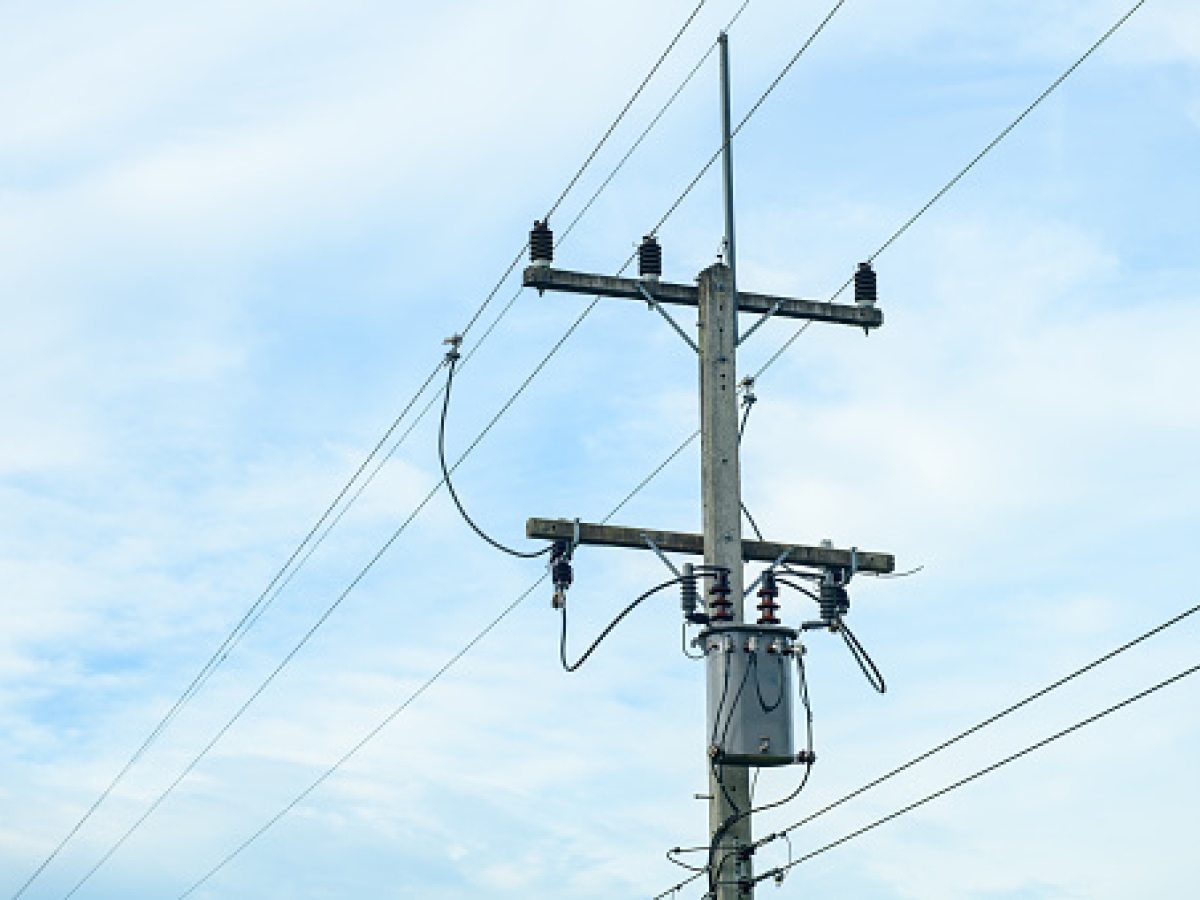Alert
Unfortunately, we are not able to proceed with your registration if you do not have the power to enter your company into a legally binding agreement with Oakville Hydro.
If you are thinking about planting a tree or a shrub on your property, it is just as important to consider what you are going to plant as it is to decide where you are going to plant it. The right tree or shrub, planted in the right place, can provide years of beauty and add value to your property. Taking the time to plan will reduce the chance that your new tree will grow too close to a power line and have to be severely pruned, or removed altogether.
A tree that is planted in the right place will be able to grow as nature intended it, with the shape, size and height that you expect. A tree that is planted too close to a power line or hydro pole can cause a range of potential disruptions to the power supply. Trees that are growing too close to poles or lines must be pruned and it is possible that, if planted in the wrong place, Oakville Hydro may have to be prune the tree in order to maintain a safe, reliable electrical service.
Please follow the guidelines, below. If you are still unsure about where you want to plant trees and shrubs on your property, please call Oakville Hydro at 905-825-9400, extension 5274 for assistance. You must also contact Ontario One Call at 1-800-400-2255 or www.on1call.com to locate any possible underground wires or other underground utilities that may be in your way before you dig the hole for the tree you are about to plant.
To help you decide which tree is right for your yard, here are a few suggestions:
Small Trees The following small trees (maximum height 4.5 metres) grow well in southern Ontario and can be planted directly underneath powerlines without future worries about pruning: Amur Maple, Japanese Maple, Sumac
Medium Trees The following medium-sized trees (mature height between 7.5 to 12 metres) can be planted as long as they are located at least 12 metres away from below a powerline to avoid the need for future pruning: Crab Apple, Ornamental Pear, White Cedar
Large Trees Large trees, such as oaks, often spread out considerably as they grow. Plant large-growing species (mature height 12 metres or more) at least 16 metres from below the power lines to avoid the need for future pruning: Blue Spruce, Red Oak, White Oak, Sugar Maple, Red Maple, White Pine |
Different types of powerlines require different clearances:
Single-phase lines require a minimum clearance of three (3) metres on each side and under the powerline. This clearance requires the removal of any overhanging branches – live, dead or structurally weak – as seen in the diagram to the right.
Two and three-phase lines require a minimum clearance of three (3) metres on each side and under the nearest powerline. This clearance requires the removal of any overhanging and/or invading limbs or branches above the powerline.
Oakville Hydro must remove brush and prune trees near power lines in order to provide safe and reliable service to all of our customers. We are also legally required, through the Electrical Safety Authority of Ontario and Ontario’s Electricity Act, to prune trees and plants growing near powerlines. We also maintain trees that grow on Oakville Hydro property around all electric substations in the Town of Oakville.
If any part of a power line is wholly within private property, then the pruning costs of trees near that line are the responsibility of the property owner. Consequently, we recommend that property owners carry out annual tree inspections (i.e., those trees on private property and not in an Oakville Hydro easement) at least once a year.
If trees on private property require pruning, property owners should be mindful of the location of power lines before pruning begins. The Electricity Act requires anyone working or lifting within three metres of overhead powerlines or poles to contact their local distribution company for assistance. In Oakville - that’s us, Oakville Hydro. Serious injury, even death, can result if you come into contact with a powerline during routine tree maintenance. We can create a safe work environment for you or your contractor to prune trees, or for your electrician to access powerlines.
The following table outlines the best ways to prune trees around powerlines and poles:
Side Pruning Cut back or remove side branches threatening the conductors
Under Pruning Remove limbs beneath the tree crown to allow wires to pass below the tree canopy
Through Pruning Remove branches within the crown to allow lines to pass through the tree. This method is best suited for house service secondary wires and other coated wires |
If you are considering planting shrubbery around a pad-mounted transformer (the rectangular green boxes located near property lines), please note the need to keep as much open space as possible so hydro crews can get inside the transformer for repairs and maintenance. Property owners are encouraged not to plant any vegetation other than turf grasses within 3.65 metres of the opening side of the box (where the padlock is located). A clearance of three (3) metres is required at all times on this side of the transformer.
If there is a transformer on or near your property line, please note the following safety tips:


